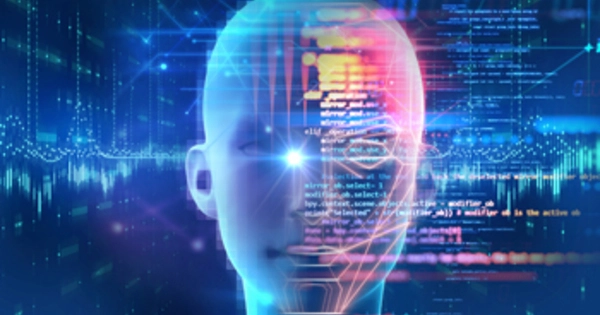A road map for creating an immune system digital twin has been published by researchers. The digital twin would create a virtual immune system tailored to individuals, similar to how digital twins are used in industry to test innovations on a model. This model could be used by doctors to create precision treatments based on a person’s genetics and personal history. It could, for example, answer questions about why some people react differently to COVID-19 infection, or design precise immunosuppressant therapy for transplant patients, or allow pharmaceutical companies to bring drugs to market more quickly.
An article published in Nature’s npj Digital Medicine lays out a step-by-step strategy for a global effort to create a digital twin of the human immune system.
“This paper outlines a road map that the scientific community should follow in order to build, develop, and apply a digital twin of the immune system,” said Tomas Helikar, a biochemist at the University of Nebraska-Lincoln and one of ten co-authors from six universities around the world. Helikar received a five-year $1.8 million grant from the National Institutes of Health earlier this year to continue his research.
“This will necessitate the participation of computational biologists, immunologists, clinicians, mathematicians, and computer scientists,” he said. “It has been difficult to break down this complexity into measurable and achievable steps. This paper addresses this issue.”
The dream and goal are for it to be used for precision medicine at the level of an individual. Importantly, we change over time. Our immune system is programmed, reprogrammed and tweaked over time. It develops from birth and as we get older, it continues developing, often in ways we don’t like.
Tomas Helikar
A digital twin of the immune system would be a breakthrough that could offer precision medicine for a wide array of ailments, including cancer, autoimmune disease and viral infections like COVID-19.
Helikar’s involvement has been inspired in part by his 7-year-old son, who required a lung transplant as an infant. This has resulted in a life-long careful balancing of his immune system through powerful immunosuppression drugs to prevent organ rejection while keeping infections and other diseases at bay.
While the first step is to create a generic model that reflects common biological mechanisms, the eventual goal is to make virtual models at the individual level. That would enable doctors to deliver treatments precisely designed for the individual.

“The dream and goal are for it to be used for precision medicine at the level of an individual,” Helikar said. “Importantly, we change over time. Our immune system is programmed, reprogrammed and tweaked over time. It develops from birth and as we get older, it continues developing, often in ways we don’t like. It becomes weaker, we have cancers and our immune system is not keeping up. Our goal is to create digital twins that are not just specific to ourselves, but specific to that point in time – taking into consideration all of our past.”
The authors of “Building Digital Twins of the Human Immune System: Toward a Roadmap” are part of an umbrella working group of about 200 scientists organized for multiscale modeling of viral pandemics. The inter-agency working group is led by Reinhard Laubenbacher of the University of Florida and James Glazier of Indiana University, both co-authors of the May 20 report. Since May, Helikar has been co-leading the working group with Glazier.
Gary An of the University of Vermont, Anna Niakaris of Université Paris-Saclay, and Rahuman S. Malik Sheriff of the European Bioinformatics Institute are also co-authors.
According to the article, “digital twins, customized simulation models pioneered in industry, are beginning to be deployed in medicine and healthcare, with some major successes in cardiovascular diagnostics and insulin pump control.” “More sophisticated medical digital twins will be required to make precision medicine a reality. Because the immune system is involved in so many diseases and health conditions, from fighting pathogens to autoimmune disorders, digital twins of the immune system will have a particularly large impact.”
While Hellikar believes the quest will take years and hundreds of millions of dollars, he believes it is doable. “I believe we now have enough data and technological advances in terms of methods and software tools to build the first draft or version of the virtual immune system using data that already exists. It may not yet be personalizable, but it could serve as a working prototype.”
Helikar is determined to see the project through to completion. “As long as there’s a chance that this can be done, as long as it can help my son, that’s my mission,” he explained.














